Overwatering plants: how to identify, avoid, and repair the damage it causes
Are you overwatering plants in your backyard? Too much water could be harming their health just as much as a lack of water

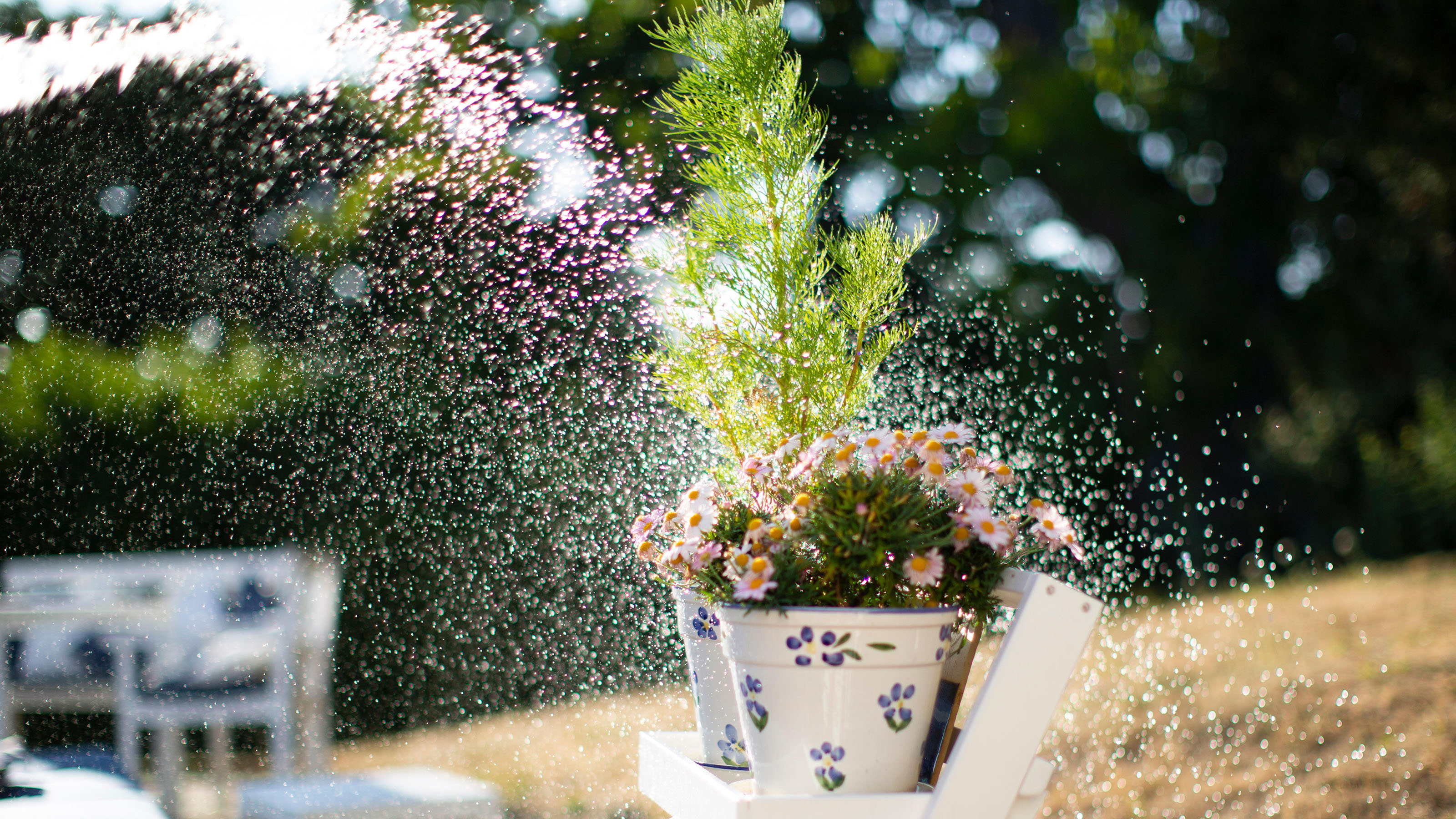
Overwatering plants is a common, but underestimated, cause of plant death. Waterlogging kills plants by filling up air spaces in the soil, so the roots can’t breathe, which causes them to rot.
The first step to delivering the right amount of water to your flower beds is to know your plants – and soil. You should always check the watering requirements every time you introduce a new plant.
From watering plants in your backyard, you've probably already discovered how dramatically different plant requirements vary. Sweet peas, for instance, will happily lap up all the water you can give them, while lavender hates having its feet wet.
As well as keeping your plants alive and well, learning to avoid watering plants too much is also a useful garden water saving tip, as you won't be using this precious resource unnecessarily.
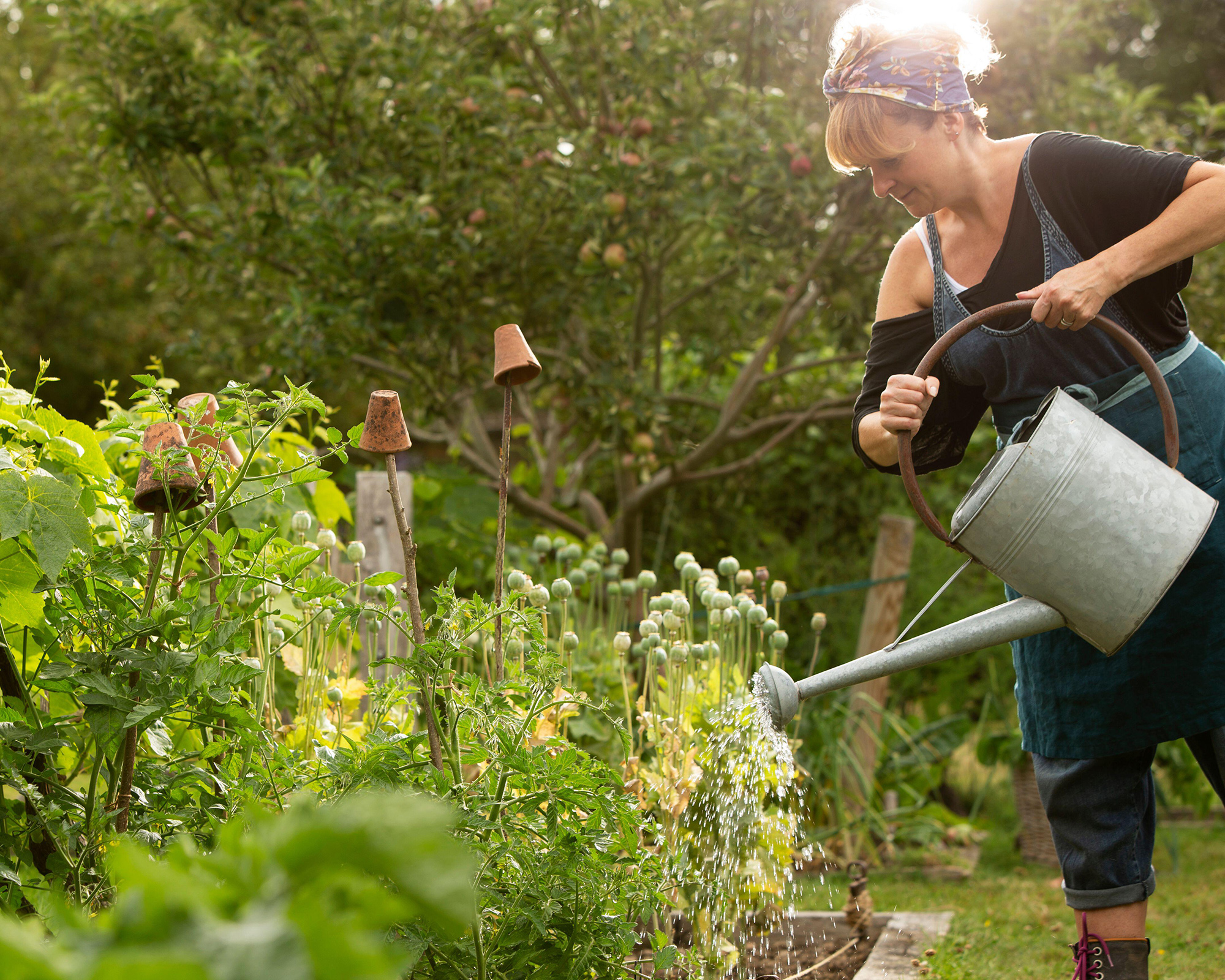
Signs that you're overwatering plants
'Water is crucial to plants,' says Bob Flowerdew, organic gardener and author – 'it’s 4/5ths of every plant, and the medium that carries nutrients through to the roots.'
Therefore, getting the balance right is crucial. So before you pull out your best garden hose, here are some signs of overwatering plants to look out for:
- Limp leaves that turn pale green or yellow, then fall off. It’s not unusual to see one or two leaves drop off a plant, but when several fall off at the same time, overwatering could be the reason.
- Use a rain barrel too much and you might spot yellow, wilted or curled leaves with brown tips.
- Soft, dark brown, rotten patches on leaves, and poor growth, which shows that the roots are struggling.
- Leaves curling up, then falling off.
- Dark brown, drooping, rotting leaves and mushy brown stems.
- Green slime appearing on the outside of a container.
- Flowers that become moldy before they’ve fully opened.
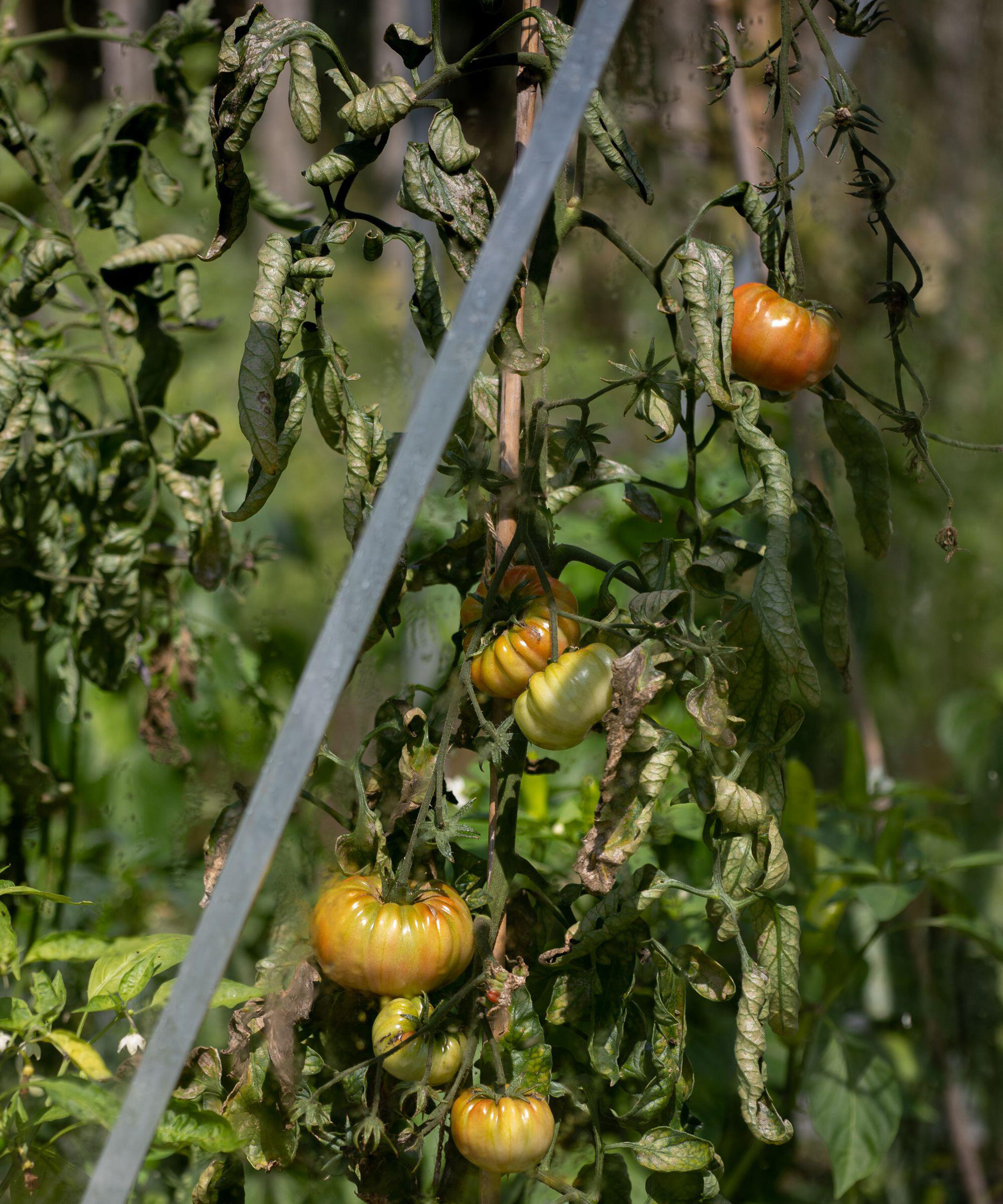
How do you avoid overwatering plants?
When you get a new plant, check its watering requirements. For example, a Lobelia cardinalis will be happy in wet soil, whereas drought tolerant plants won’t.
Always feel the soil's surface before watering. It should be dry to slightly moist, depending on the type of plant – wetter than that and you probably don’t need to water. Water to a depth of 2in (5cm).
It’s better to water a plant thoroughly once a week rather than a sprinkle every few days. Frequent watering encourages roots to come to the surface instead of heading downwards. Remember the soil doesn’t need to be constantly wet – allow it to dry out between waterings or the roots will 'drown'.
But, take care with containers or hanging baskets in warm weather. You may need to water up to twice a day, but always let the water drain off, by standing containers on pot feet or gravel. The RHS recommends self-watering baskets to avoid water waste.
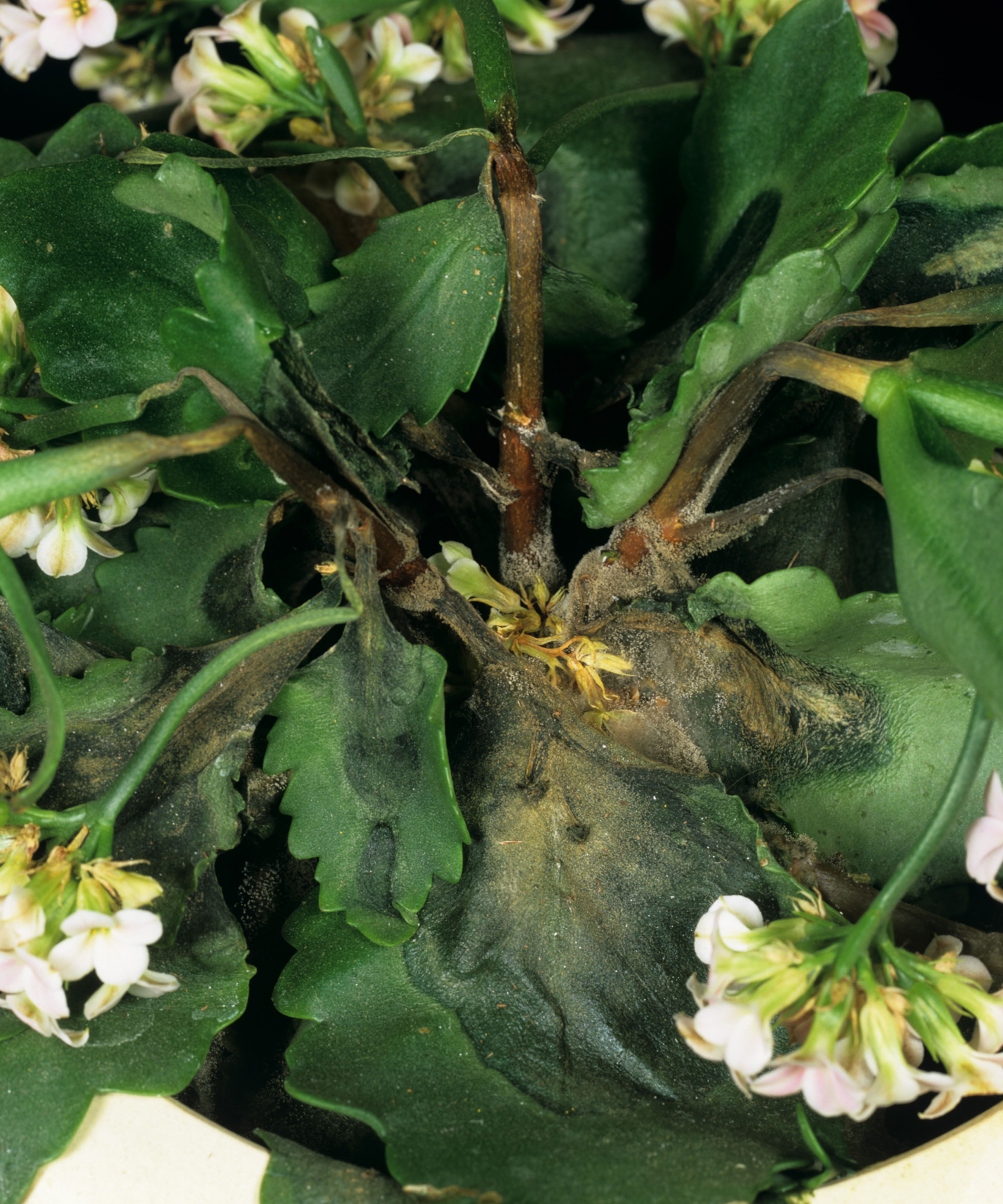
How to fix an overwatered plant
If you've overestimated the rainwater benefits for watering plants, and the plants are now sitting in water, dig a trench around them so the excess can drain. Work from a board or plank to avoid compacting the wet soil.
If you're really worried about a plant, you may need to follow the steps below:
- Dig it up and check the rootball. If it’s soggy and brown, it’s probably only good for the compost heap. But if there are some white roots, put it in a dry, shady place, removing any waterlogged compost from around the rootball.
- Trim off any brown roots, and some of the top growth to help the plant now it’s got fewer roots.
- Leave the plant to dry out for a day or so, then replant in dry soil, or compost. The best time to water these plants isn't until you spot new green shoots appearing. Once it looks healthy, add water-soluble fertilizer the next three times you water it, to replace the nutrients washed away by the excess wet. After that, water and feed as normal.
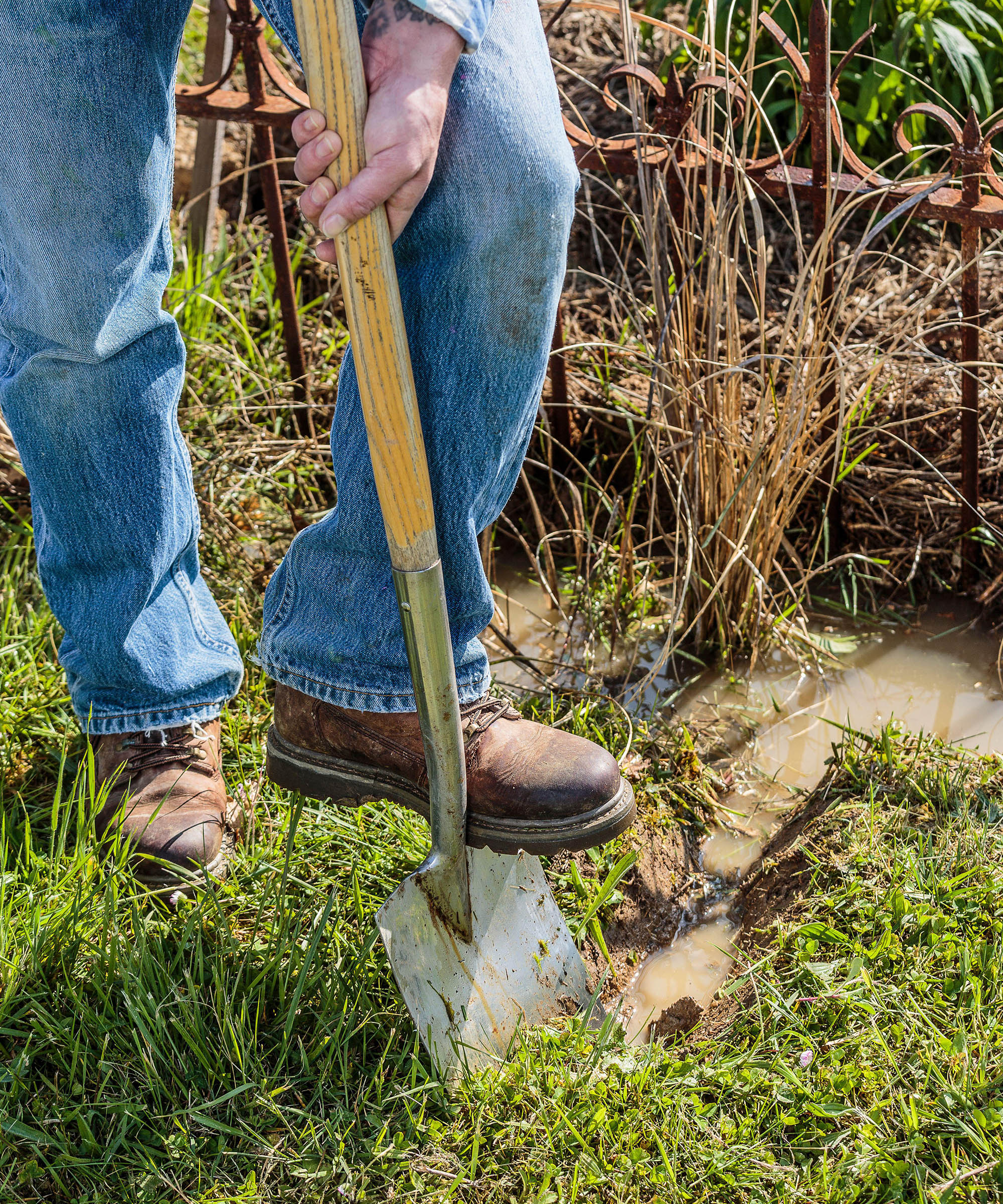
Can an overwatered plant be saved?
It’s possible to save an overwatered plant depending on how many times it’s been overwatered, and how much damage has been done. Obviously, the longer it’s been overwatered, the more the roots will have suffered and rot will have set in.
This is why it’s best to check your plants regularly for signs of overwatering, so you can perform first aid early if you suspect your precious plant is struggling. If a plant is drooping badly and has mushy brown leaves or stems, it’s probably a goner.
But, if there are some healthy white roots, give the emergency treatment plan a go, following the steps above. Plants are amazingly resilient, and many gardeners who’ve suffered floods, among them garden writer and broadcaster Monty Don, report that most of their plants have recovered brilliantly.
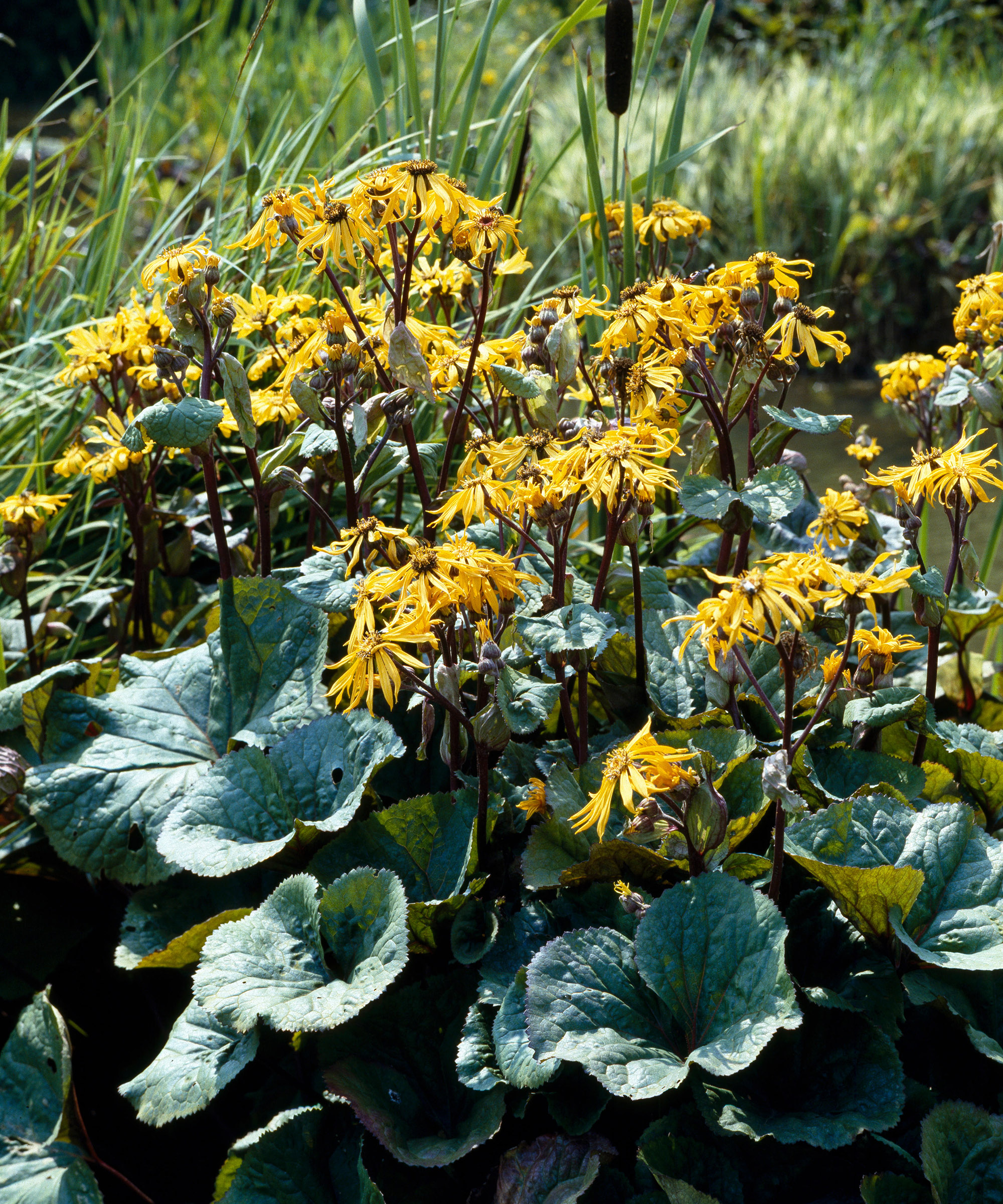
How long does it take an overwatered plant to heal?
Once you’ve performed the emergency surgery explained above, give the plant a chance to recover. Depending on the plant, it may take a few days to several weeks. If you carry out the treatment, you should see some hopeful signs of life within about a week.
But, if after a couple of weeks there are no signs of regrowth, you should probably discard the plant. And maybe revise what you grow – think ‘right plant, right place’.
If your soil is naturally moist, try growing plants that love those conditions. You may find that growing bog plants, like lobelia, results in happier plants, less heartache, and less money wasted on plants that were never going to survive in the first place.

Geraldine is a gardener and garden writer, who has worked for over 12 years in historic public gardens and private gardens around London. She has written articles for Easy Gardens, Which? Gardening and Women’s Weekly Gardening Special magazines and for gardeningetc.com. She also edited the book ‘Britain’s Favourite Plants’ for the RHS.
